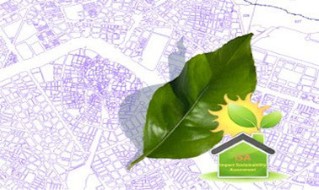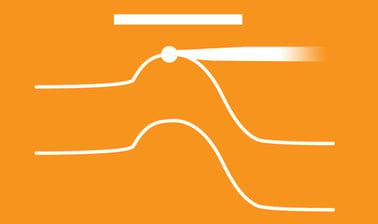Built environment sustainability assessment
The course introduces the basic elements and trends for performing a through built environment assessment and develops the tools for urban sustainability policy impact analysis.
What you will learn
- Week 1: Dimensions for urban sustainability
- Week 2: Tools for developing a sustainable built environment
- Week 3: Evaluation and assessment
- Week 4: City models
- Week 5: Circular economy city
Program Overview
The course introduces the basic elements and trends for performing a through built environment assessment and develops the tools for urban sustainability policy impact analysis.
During the first week the dimensions for urban sustainability are introduced first through an analysis of the classics, later followed by a master lecture on climate change by Nobel prize winner Edward S. Rubin and ending with an interview of the late Nobel prize winner Sir Harold Kroto on Nanoscience.
The second week builds the connection with the tools available through science for making our cities sustainable. The first video develops the possibilities of Nanomaterials, followed by the key impact of Green Infrastructure on the city metabolism and ending with an analysis of the role of smart grids on energy distribution for the future cities.
Week 3 the core chapters for assessment and impact analysis of the built environment. The first video develops the theoretical framework followed by the necessary Integrated Design approach to the assessment and impact evaluation presented on the last video.
Along the fourth week the main techniques for modelling a city are put together for understanding their essence and field of application. Beginning with the most detailed approach (BIM), the prevalent Life Cycle Analysis follows to end with an economical point of view through business models formulation.
The last week (fifth) the final envisaged paradigm of the circular city is presented starting from the grounding concepts which are developed in the proposed Circular City model. As a final point the Sustainability Plan for the University of British Columbia is analysed.
User Reviews
Be the first to review “Built environment sustainability assessment”
You must be logged in to post a review.







There are no reviews yet.